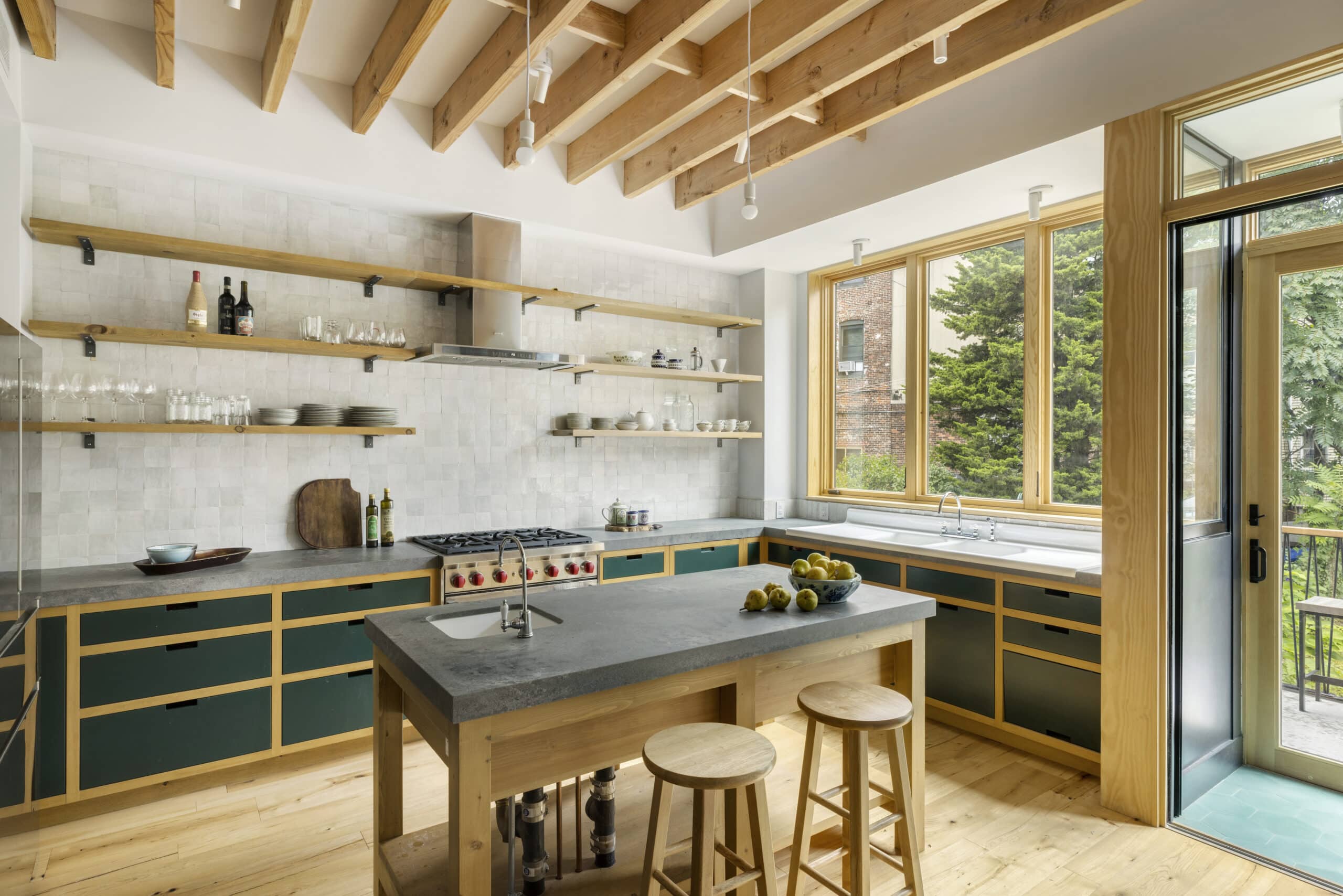Building of the Day: 143 South 8th Street
Brooklyn, one building at a time. Name: Long Island Business College, now condominiums Address: 143 South 8th Street Cross Streets: Bedford and Driggs Avenues Neighborhood: Williamsburg Year Built: 1890-1892 Architectural Style: Romanesque Revival Architect: probably James W. Naughton Other Work by Architect: Boys High School, Girls High School, PS 9 Annex, and many other school…

Brooklyn, one building at a time.
Name: Long Island Business College, now condominiums
Address: 143 South 8th Street
Cross Streets: Bedford and Driggs Avenues
Neighborhood: Williamsburg
Year Built: 1890-1892
Architectural Style: Romanesque Revival
Architect: probably James W. Naughton
Other Work by Architect: Boys High School, Girls High School, PS 9 Annex, and many other school buildings in Brooklyn
Landmarked: Recently calendared by the Landmarks Preservation Commission (2013)
The story: An advertisement for the Long Island Business College, published in the early 20th century, reads: “An institution developed exclusively to the proper and thorough training of young people for business pursuits. Its principal is a certified public accountant and is familiar, from practical experience, with the needs of the business world.” That principal was Henry C. Wright, and he founded a school that educated thousands of men and women, ushering them into the world of business and office work; fast growing fields in an increasingly white collar New York.
Henry Wright was Canadian, and came here in 1870, after years of teaching in Ontario. He founded his school, called Wright’s Business College, in 1873, with 23 pupils. The first school was a storefront on Broadway. He then grew to rooms at the Kings County Savings Bank building at Bedford and Broadway. By 1890, he had enough pupils, and enough profit to build this new building a few blocks away. A new building called for a new name, so the school became the Long Island Business College. By 1899, the College had an enrollment of over 700 students, both male and female.
The building was probably the design of James W. Naughton, the Superintendent of Buildings for the Board of Education of Brooklyn, a position he held from 1878 until his death in 1897. During that time, Naughton designed over one hundred school or education –related buildings. Among his best and most well-known designs are Girls High School and Boys High School in Bedford Stuyvesant, the PS 9 Annex in Prospect Heights, and many other school buildings in Park Slope, Stuyvesant Heights, Williamsburg, Cypress Hills, and many other parts of Brooklyn.
This building dates from about the same time Naughton was working on his masterpiece, Boys High School. Like that building, this one is in the Romanesque Revival style, with arches a-plenty in the upper story windows and front door, and the characteristic massing of shapes. Naughton uses brick and terra-cotta in his usual masterful way; the three towers of the façade draw the eye upward, a great use of vertical elements. This may not be Naughton’s best, but it’s certainly a good building.
Like any college, the Long Island Business College also had lots of extra-curricular activities and sports clubs. The school had very successful baseball and basketball teams. The building’s large auditorium was often used for lectures, political rallies and group meetings for all kinds of organizations and causes. The suffragettes met here, as did the Philosophic Society of Brooklyn. Prohibitionists, charities, church congregations and political parties all met here as well.
Professor Wright died in 1909. The institution passed to his wife, Adelaide, who died only a few months later. Their daughter sold the school to the principal, Dr. Edwin Liebfreed, who sold it in 1914 back to the Wright family in the form of Professor Wright’s brother-in-law, John Bissell. He flipped it to the Drake Business School in 1920. The institution continued, after a move out of this building, into the Schubert Theater on Monroe and Broadway, and later, another move to 1416 Broadway, sometime in the late 1940s.
When the school vacated the building, in 1921, it was sold to the Board of Education. They leased it out until it was sold again for conversion into condos in 1986. Today, the building has nine units, and just months ago was calendared for landmarking by the LPC, as an individual landmark. It should have no problem being designated, both for its architecture and architect, as well as for the historical significance of the College, which was a major contributor in the education of those who went on to play important roles in the business and financial fabric of the city. GMAP
(Photo: Christopher Bride for PropertyShark)












Gorgeous!